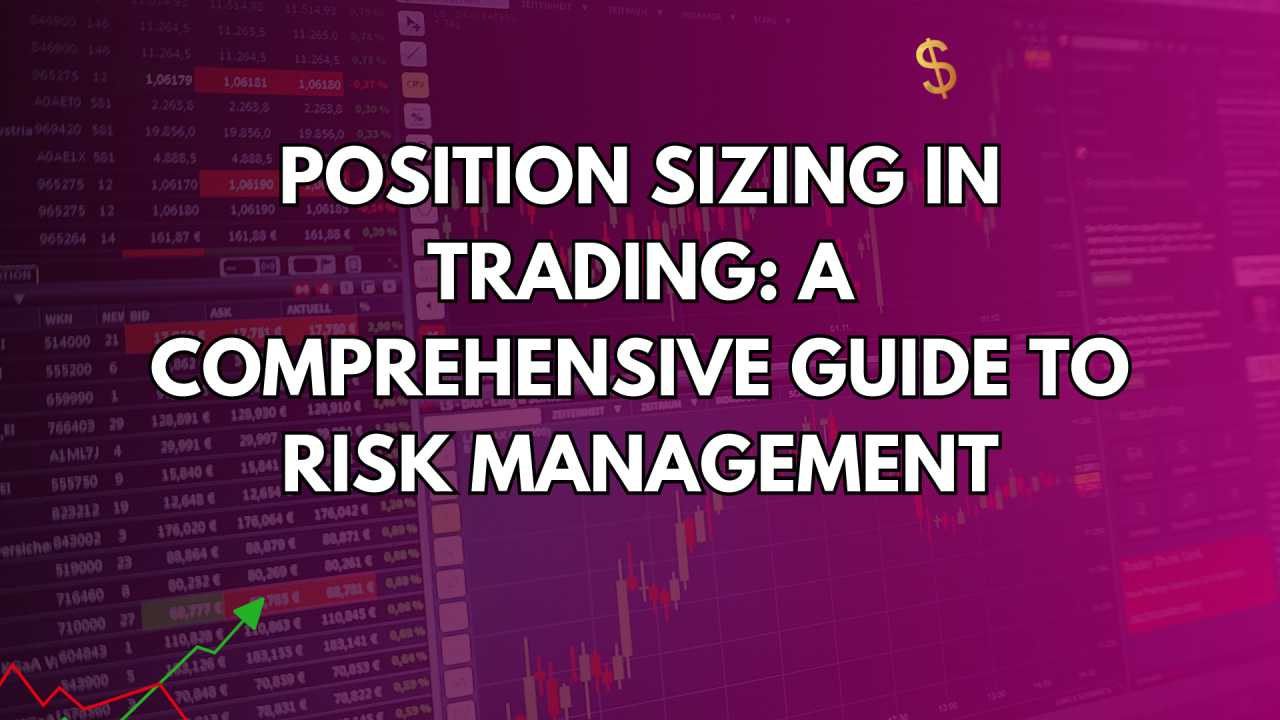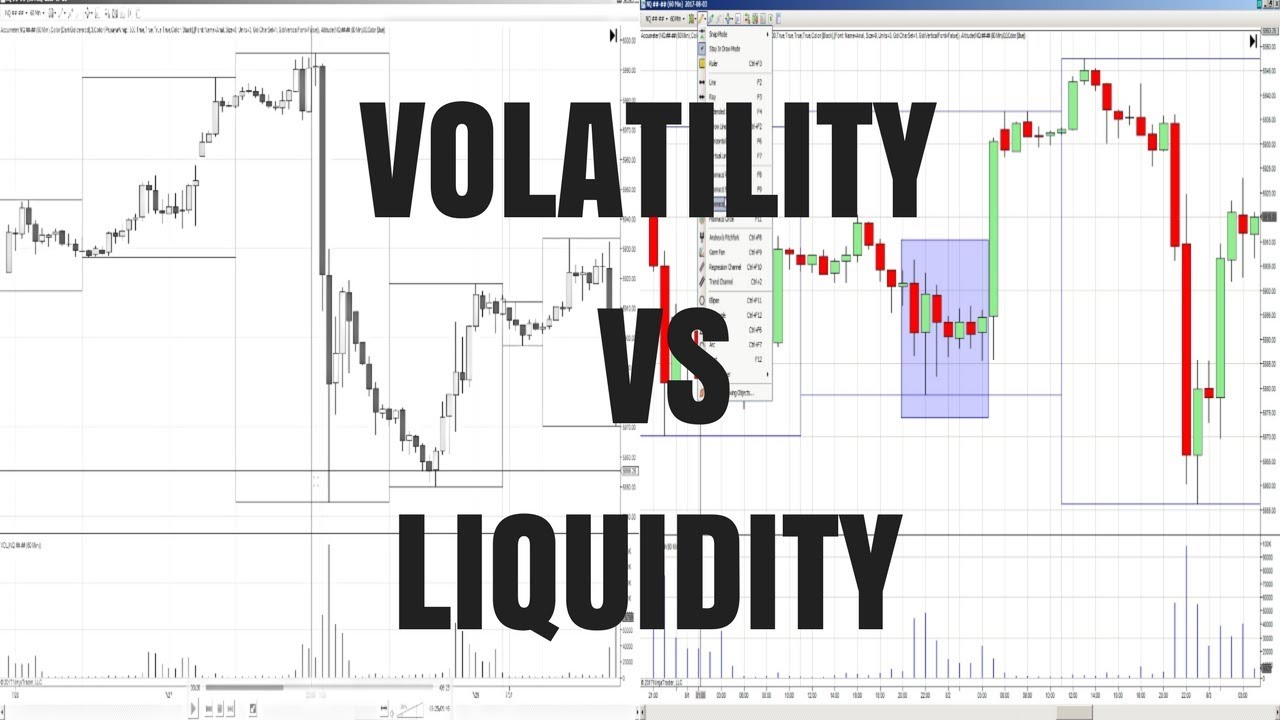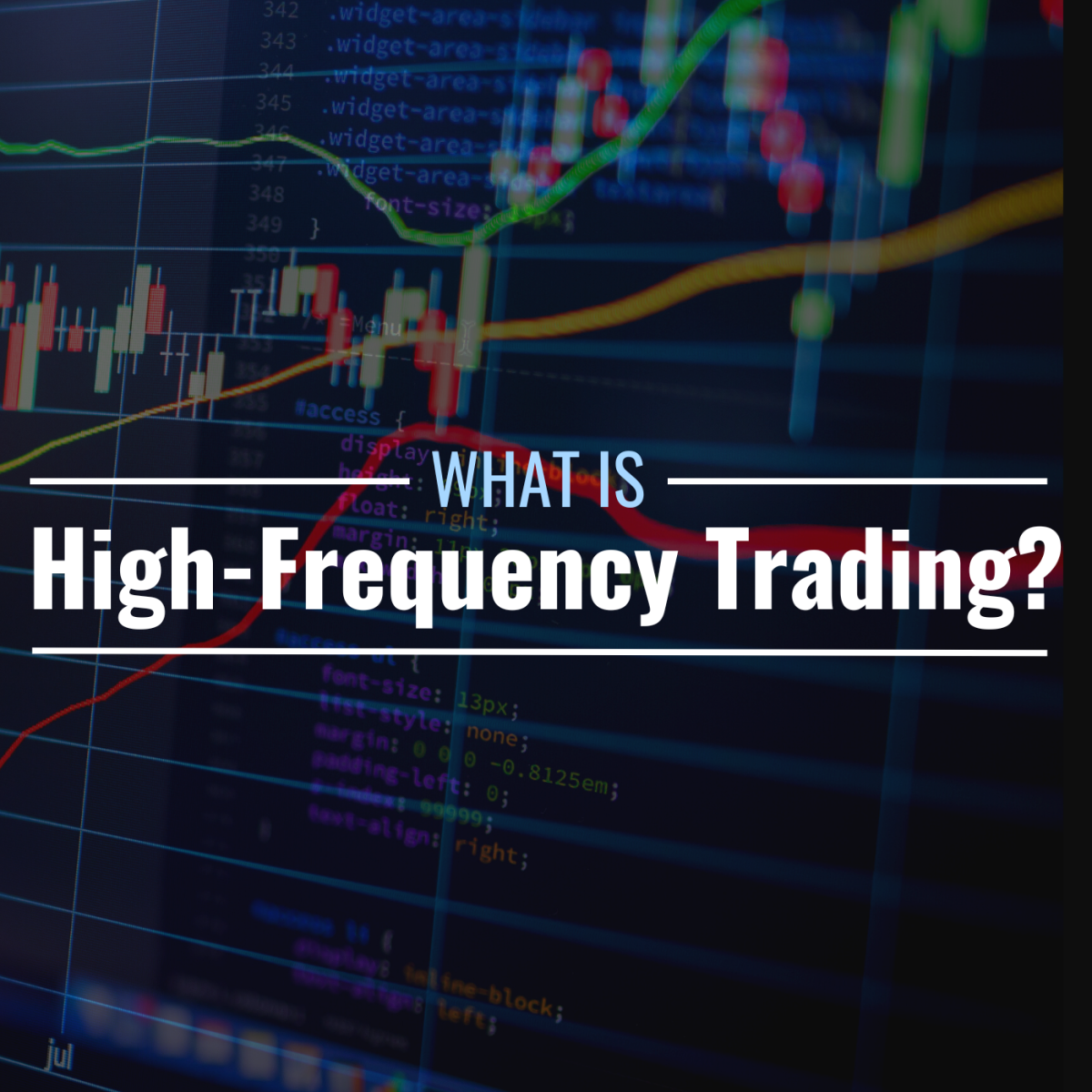Position Sizing Strategies for Advanced Forex Traders: Mastering Risk with Precision
In the high-stakes world of Forex trading, success hinges not only on picking the right trades but also on how much you risk per trade. That’s where position sizing comes in—a sophisticated risk management technique that can make or break your trading performance. While beginner traders often overlook it, advanced traders treat position sizing as a core pillar of their trading strategy.
This article explores advanced position sizing strategies, how they work, when to use them, and how to integrate them into a complete risk management system.
🧠 What Is Position Sizing?
Position sizing refers to the number of units (or lots) you trade in a given position, based on your risk tolerance, account size, and the stop-loss distance. It determines how much money is at stake in a single trade.
Formula for Basic Position Sizing:
Position Size=Account Risk per TradeTrade Risk (Stop-Loss in Pips)×Pip Value\text{Position Size} = \frac{\text{Account Risk per Trade}}{\text{Trade Risk (Stop-Loss in Pips)} \times \text{Pip Value}}
While this is straightforward for beginners, advanced traders often go several steps further.
🎯 Why Position Sizing Matters for Advanced Traders
- Preserves capital during losing streaks
- Maximizes profits during winning streaks
- Adjusts for volatility and market conditions
- Aligns trading with long-term equity growth
- Reduces emotional decision-making
🔧 1. Fixed Percentage Risk Model
How It Works:
You risk a fixed percentage of your trading capital on each trade—usually between 1% to 3%. The lot size is adjusted based on the stop-loss size and account equity.
Example:
- Account: $50,000
- Risk: 2% = $1,000
- Stop-loss: 50 pips
- Pip value: $10
Lot size=100050×10=2lots\text{Lot size} = \frac{1000}{50 \times 10} = 2 lots
✅ Pros:
- Protects your capital
- Scales with your account growth
- Easy to automate
❌ Cons:
- Doesn’t adjust for trade probability
- Too conservative for high-conviction trades
🔄 2. Kelly Criterion
A mathematically optimal formula used to determine the ideal percentage of capital to risk based on your win rate and risk-to-reward ratio.
Formula:
f∗=W−(1−W)Rf^* = W – \frac{(1 – W)}{R}
Where:
- f∗f^* = fraction of capital to risk
- WW = win probability
- RR = average reward-to-risk ratio
Example:
- Win rate = 60% (0.6)
- R:R = 2:1
f∗=0.6−(1−0.6)2=0.6−0.2=0.4f^* = 0.6 – \frac{(1 – 0.6)}{2} = 0.6 – 0.2 = 0.4
So, risk 40% of your capital? Too aggressive—that’s why most traders use half-Kelly or quarter-Kelly for safer results.
✅ Pros:
- Mathematically optimal for long-term growth
- Encourages efficient capital usage
❌ Cons:
- Highly aggressive
- Sensitive to inaccurate stats
- Not suitable during volatile periods
📈 3. Volatility-Based Position Sizing
Instead of using a fixed pip stop-loss, this strategy adjusts trade size based on market volatility—typically using indicators like ATR (Average True Range).
How It Works:
- Use ATR to determine stop-loss (e.g., 2 x ATR)
- Calculate position size so that you risk 1% of capital
Example:
- ATR = 60 pips
- Stop-loss = 2 x 60 = 120 pips
- Risk: $500
- Pip value = $10
Lot size=500120×10≈0.42lots\text{Lot size} = \frac{500}{120 \times 10} \approx 0.42 lots
✅ Pros:
- Adapts to changing market conditions
- Helps avoid premature stop-outs
❌ Cons:
- Requires more dynamic analysis
- Smaller position size during volatile times
🔁 4. Equity Curve Adjusted Position Sizing
Advanced traders often adjust position sizes based on their equity curve—increasing risk during winning streaks and reducing during drawdowns.
Two Approaches:
- Fixed Ratio Scaling: Increase lot size every time equity grows by a certain amount.
- Dynamic Drawdown Scaling: Cut position size during drawdown phases.
✅ Pros:
- Protects capital during tough periods
- Increases gains during uptrends
❌ Cons:
- Requires accurate tracking and discipline
- Complex to implement without automation
💎 5. Optimal f by Ralph Vince
A deep mathematical model like the Kelly formula but considers worst-case scenarios and maximum drawdown.
It calculates the optimal risk size that maximizes account growth without exceeding your acceptable drawdown.
It’s more conservative than the Kelly formula and highly detailed—but mostly used by quants and algo traders.
✅ Pros:
- Theoretically optimal for long-term growth
- Highly customizable
❌ Cons:
- Requires backtesting and statistical data
- Not practical for discretionary traders
🧮 Position Sizing Calculator Tools
Here are some tools to automate your sizing:
Or you can automate it using Excel sheets or MT4 scripts.
📊 Position Sizing Based on Trade Confidence
Some pros use confidence-weighted sizing:
| Confidence Level | Risk (%) | Example Use Case |
|---|---|---|
| Low | 0.5% | News uncertainty |
| Medium | 1% | Technical setups |
| High | 2–3% | Multi-confirmation setups |
⚠️ Common Position Sizing Mistakes to Avoid
- Using same lot size regardless of stop-loss
- Overleveraging due to greed or revenge trading
- Ignoring equity curve and performance history
- Not accounting for correlation between trades
- Avoiding position sizing altogether!
🧭 Final Thoughts: The Power of Precision
Advanced position sizing is a powerful weapon in a trader’s arsenal. It’s not just about how good your strategy is, but also how much you risk per trade. By mastering the art of adjusting your position size dynamically based on market volatility, equity, and statistical confidence, you set yourself up for sustainable profitability and long-term survival in the Forex market.
Remember, a winning strategy with poor position sizing can still lead to ruin. But with the right sizing techniques, even a moderately winning system can compound into exponential growth.




